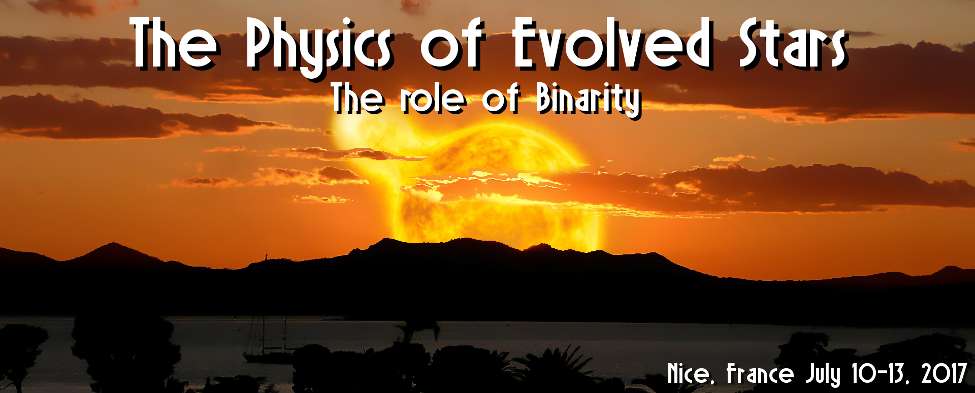Asymptotic giant branch (AGB) stars are known to lose mass on the order of 10^-5 M_o/yr via a stellar wind. New high resolution, high sensitivity observations of AGB stars have been revealing the presence of complex structures (e.g. rings, arcs, and spirals) in these circumstellar outflows. We present 3D SPH models to study the formation of multiple spiral structures around the evolved stars due to the presence of close-in Jupiter-like companion(s). In these models, the star pulsates creating outgoing shock waves that drive the outflow. Along with the pulsation, the outflow is also driven by the formation of dust that absorbs the stellar radiation and transfers momentum to the gas. The interaction between the planet and the outgoing shock waves create a series of strong, long-lasting shocks that cluster to form periodic spiral arms. The period and number of the spiral arms are related to the pulsation and orbital periods. These models may have implications for our understanding of the formation of complex structures around evolved stars (e.g. in (proto-)planetary nebulae). They may also serve as a useful method for detecting exo-planets around giant stars.

|
|
|
|
3D models of the outflows of evolved stars: Formation of multiple spiral structures.
1 : South African Astronomical Observatory - University of Cape Town
(SAAO - UCT)
-
Website Observatory - Cape Town - Western Cape -
South Africa
|
| Online user: 1 | RSS Feed |

|
